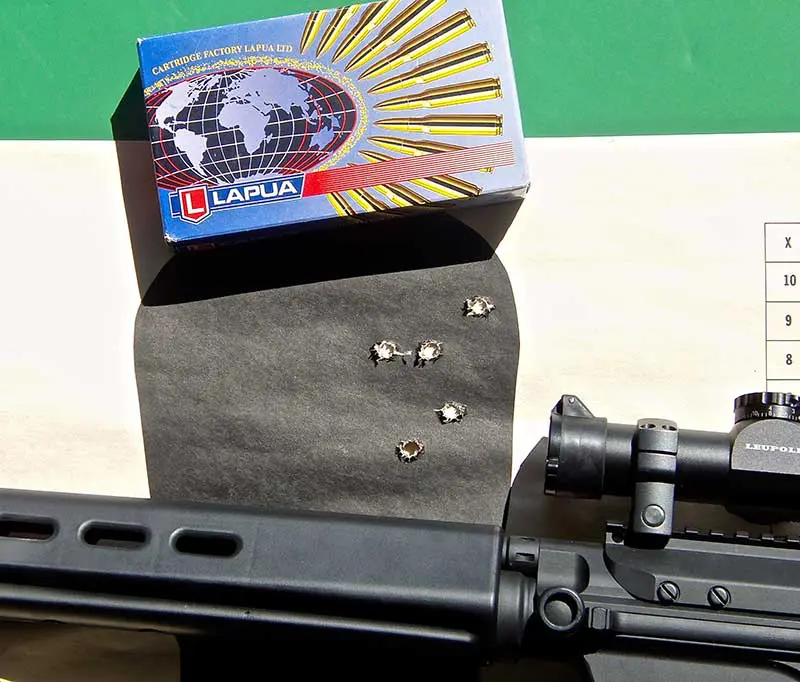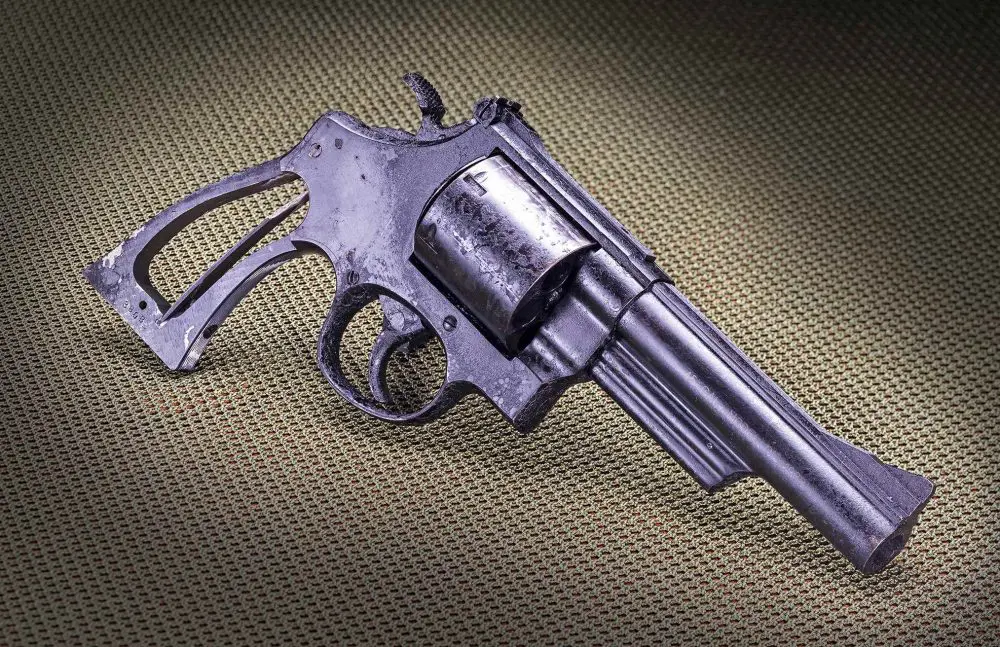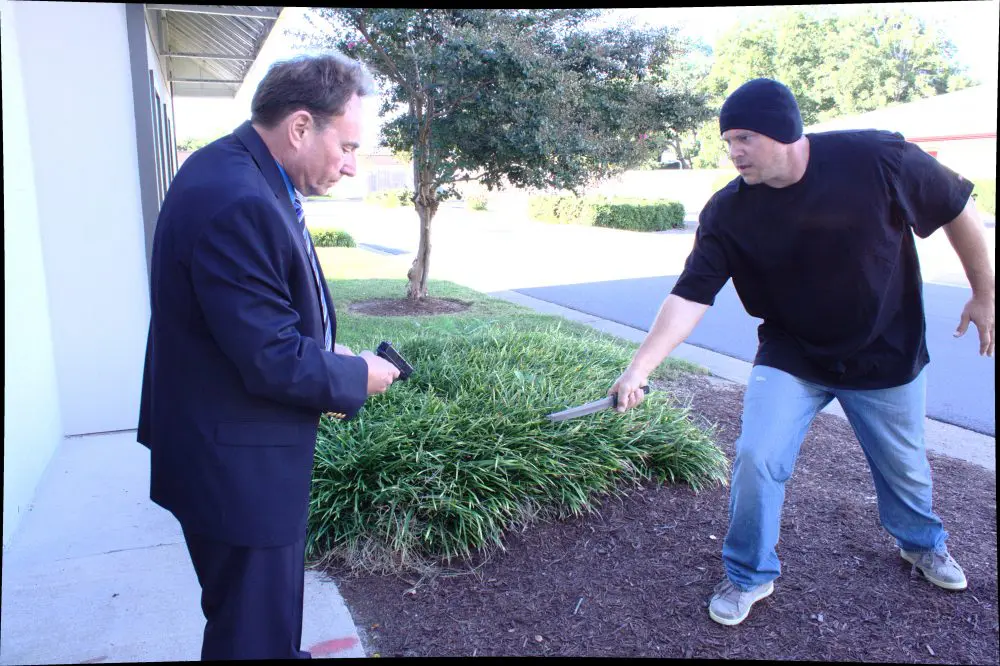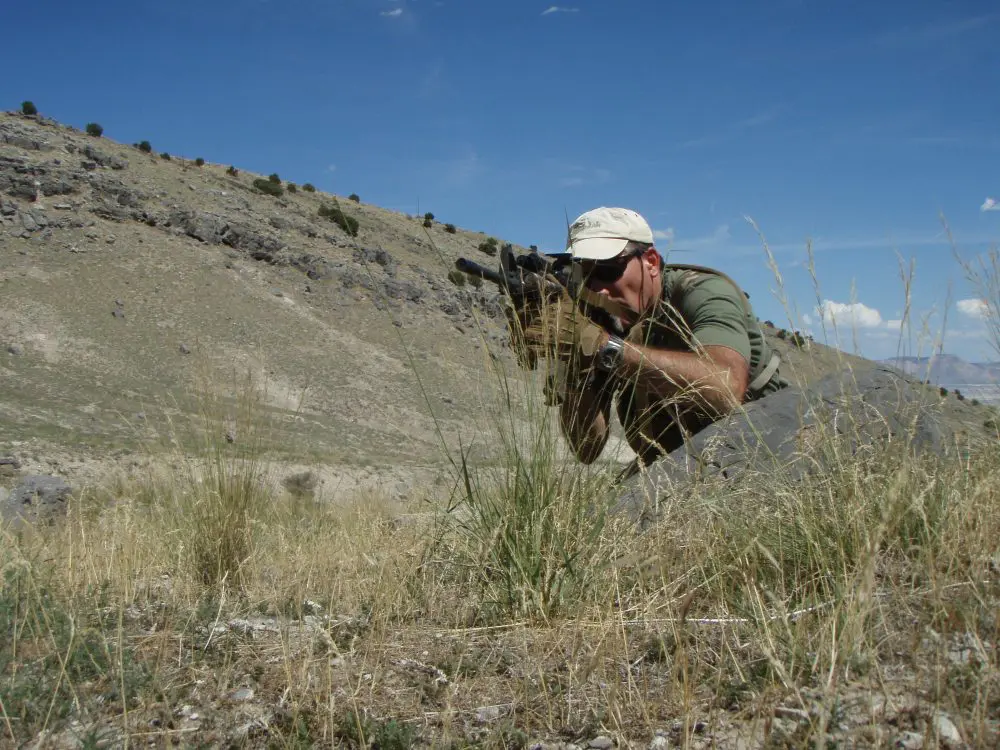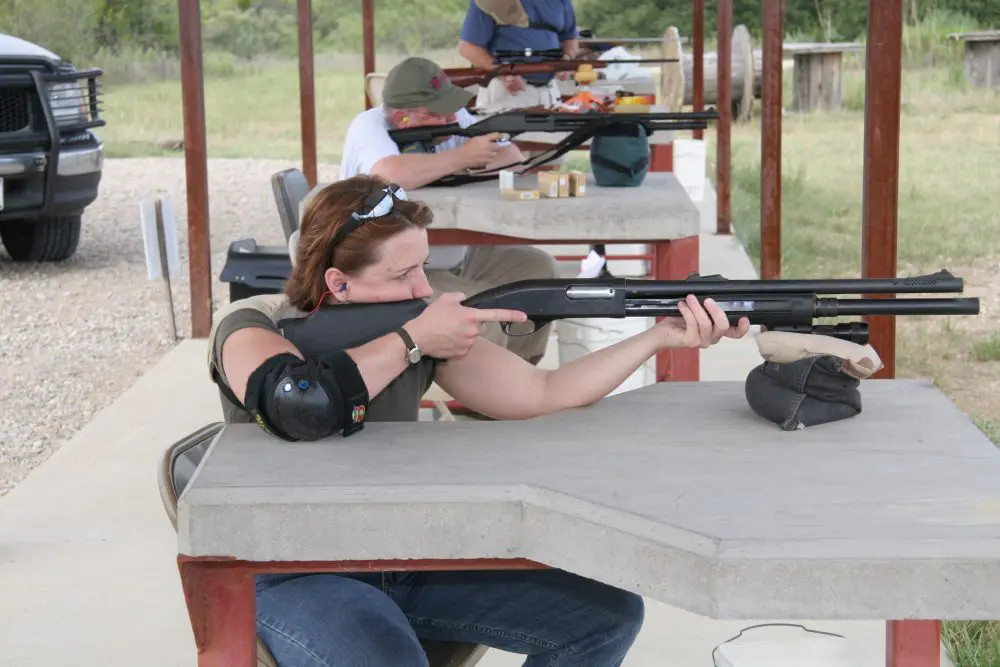In recent times, a number of court cases have not being adjudicated in favor of police. While some cases are clearly in favor of the plaintiff and for just cause, I know of others in which the facts would not seem to justify an award against law enforcement, and yet this is precisely what occurred.
A number of factors have seemingly led to this trend. I have written in a somewhat peripheral manner on the following subjects, but perhaps it is time to consolidate them into a more cohesive form.
Jury perception is very much colored by news events and high-profile shootings that are negative in nature. During the course of a week or even a month, news cycles repetitively play videos of unjustifiable shootings (and some are blatantly unjustifiable).
If multiple events of a similar nature occur with one following another, the perception over a period of time is that police are somewhat “out of control.”
Skilled attorneys may be allowed to enter such videos into evidence even though the videos have no rational or reasonable connection to the shooting being adjudicated at the time. Such videos may color a jury’s perception of the event they are adjudicating.
Jurors may not view the world through the lens of a law enforcement officer.
They are not subjected to the negative interactions with others that law enforcement officers may face on a daily basis. While an officer might conduct multiple stops of gang members in a single watch, a juror’s only exposure might be to Hollywood movies.
Many jurors have never been involved in a violent altercation or had their life threatened by another human being. Such encounters are entirely foreign to them.
Any negative interactions or conflicts with others may have been resolved through dialogue and nothing more. This is precisely why jurors might rationally query why the officer didn’t simply “shoot the knife or gun out of his hand” or “wound him in the leg or just knock him out or use that pepper sprayee (sic) stuff?” Jurors must be led step by step through the realities of real-world life-and-death encounters.
The transition from the streets to the courts might very well go along the following lines: When citizens need an officer, they want the officer who drinks the beer, burns down the house, and takes the dog.
When on the stand, they want the officer who brings the beer, builds the house, and plays with the dog.
Barbara Walters once asked Clint Eastwood why his character Inspector Harry Callahan was so violent. His response was along the lines of, “If you were in trouble, serious trouble, would you want Inspector Callahan coming through the door or someone else?”
This is a dilemma law enforcement faces. Citizens want officers to subdue the bad guy—but don’t want to see or know how they do it!
My personal experience when testifying in court over the past 27 years has been that, by and large, jurors want to empathize with an officer’s decisions and actions in the field. What they do not want to observe is the ramrod straight, militaristic, and unbending officer similar to the one who issued them or their daughter a ticket last year.
What they want is the officer who employs fair judgment and is “likeable.”
They want to observe an individual whom they would approve of courting their daughter. Female officers seemingly do not have to overcome this perceptional stigma as much as male officers.
Post-shooting comportment and statements can come back to derail entire cases. Laughter and high-fives on camera are a virtual death sentence to an otherwise justifiable use of force. It is very difficult, if not impossible, to rehabilitate such irresponsible actions in front of the courts.
Statements that seem callous and indifferent toward the injury or loss of life of another are neither quaint nor humorous. Professionalism and responsible comportment should be the keywords for after-action events.
Buzzwords and vernacular that are endemic to law enforcement circles do not play well within the judicial system. “Double tap” and “head shot” are phrases that come to mind. An officer “discharges his weapon” in the line of duty for objectively justifiable reasons, and that is where it should be left.
Social media is all the rage these days. When you share something electronically, it is there for all the world to see. And it is discoverable. One should be circumspect in what one says, videos, or shares relative to any use of force.
I am in no way advocating covering up actions taken. Rather, it is not muddying the waters when there is no rational cause to do so in the first place.
Life-altering events have a way of resulting in statements and actions that might not otherwise have been stated or taken. Post use-of-force actions and debriefings need to be calmly and rationally accounted for in a professional manner. Listen carefully to what I’m telling you here.
Demands for accountability are well in place in today’s courts. Over 100 years ago, an arrest report might have read, “Observed burglar … chased and shot same.” (I actually saw a report similar to this posted from the early 1900s in LAPD’s Central Division.) That is not the case today.
One’s comprehension of the law and policies, in conjunction with a professional accounting and behavior in post use-of-force actions, must be firmly in place.
One may very well win the battle and yet lose the war!
Scott Reitz is a 30-year veteran of the Los Angeles Police Department and director of the highly acclaimed International Tactical Training Seminars. Course information and schedules are available at their website at www.internationaltactical.com. Scott also co-hosts the Oxygen channel true-crime series It Takes a Killer.

